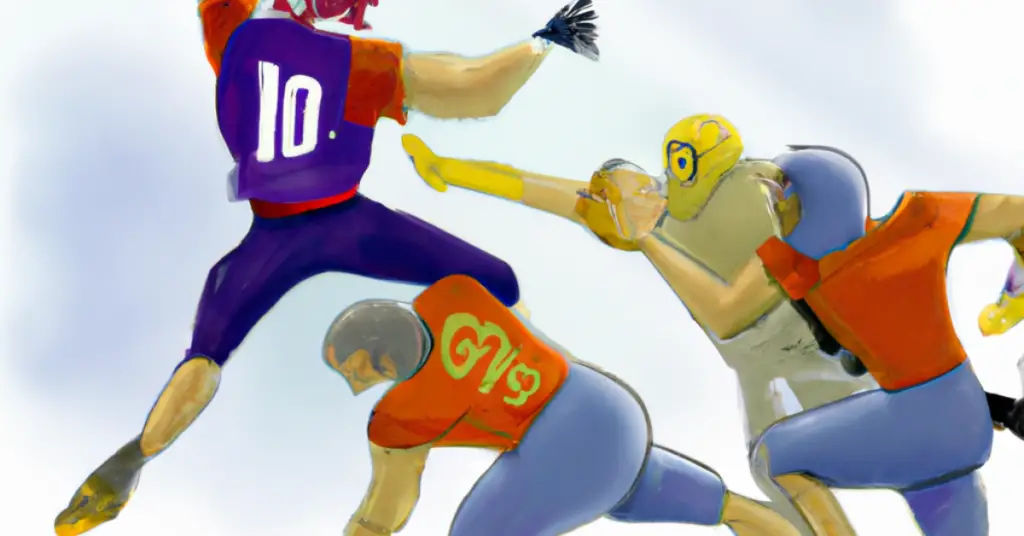The National Football League (NFL) is the premier organization of American football – no other sports league on Earth can compete with its power and influence. The NFL consists of 32 teams, separated into two groups: the National Football Conference (NFC) and the American Football Conference (AFC). As one of four major professional sports leagues in North America, being an owner of this prestigious association makes you part and parcel among some of today’s most influential figures.
But can the NFL remove an owner?
Can the NFL Remove an Owner?
To the question of whether or not the NFL has jurisdiction to remove an owner, the answer is a resounding ‘yes’. However, such instances require vast league approval and are only pursued in extreme circumstances. The process itself can be intricate and infrequent.
The Process of Removing an Owner
As stated in the NFL Constitution and Bylaws, The Commissioner has extensive authority to issue punishments for dangerous behavior from owners. These may include fines, suspensions, or even revoking their franchise rights. Before imposing any penalties, he must present proof of his claims as well as proposed repercussions to the Executive Committee – a panel of team owners who then vote on whether it should be accepted by 24 out of 32 league leaders.
Examples of Owner Discipline in the Past
- Termination of the franchise of the Dallas Texans (1963)
- Suspension and fine of Indianapolis Colts owner (1984)
- Fine and suspension of New England Patriots owner (2010)
| Owner | Discipline | Year |
|---|---|---|
| Lamar Hunt | Termination | 1963 |
| Robert Irsay | Suspension & Fine | 1984 |
| Robert Kraft | Fine & Suspension | 2010 |
The NFL has long been using this process to reprimand their owners. In 1963, the league took away the Dallas Texans from Lamar Hunt for not paying his dues. Afterward in 1984, Robert Irsay of the Indianapolis Colts was suspended and fined $50,000 by means of retribution for getting involved in a contract issue with players on his team. Fast forward to 2010 and Robert Kraft is penalized again by being removed from duties as well as facing heavy fines due to his role in an illegal taping scandal involving other teams’ practices.
Challenges in Removing an Owner
The procedure of ejecting an owner, however, is not as straightforward as one might anticipate. The Commissioner and the Executive Committee must demonstrate that the conduct of the proprietor was undeniably detrimental to the league—a complex task since ‘detrimental’ can be up for debate. Furthermore, any penalties imposed on said owner are appealable to an arbitrator adding a further layer of complexity.
Moreover, the Commissioner and Executive Committee are not solely responsible for determining whether or not to remove an owner. As previously discussed, at least three-fourths of other league owners must ratify this decision in order for it to be official.
Consequently, those being punished have a chance to convince their peers that they don’t deserve such severe punishment. This can sometimes present quite a difficult challenge due to the fact that NFL team owners frequently treat each other like family members and may be reticent towards such drastic measures against one another.
The NFL as a Private Organization
It is essential to consider that the NFL is a non-public entity, thus not held accountable by government regulations like public companies. This autonomy allows for further decision-making in terms of removal or selection of board members and executives without needing to adhere to practices similar to those implemented on publicly traded firms.
Conclusion
Ultimately, it is rare for the NFL to remove an owner from their position and thus requires a majority of league owners’ approval. This decision is complex due to involving discretion and interpretation as well as balancing safeguarding the reputation of the game while still respecting accused owners’ rights. It’s only considered in extraordinary circumstances.

